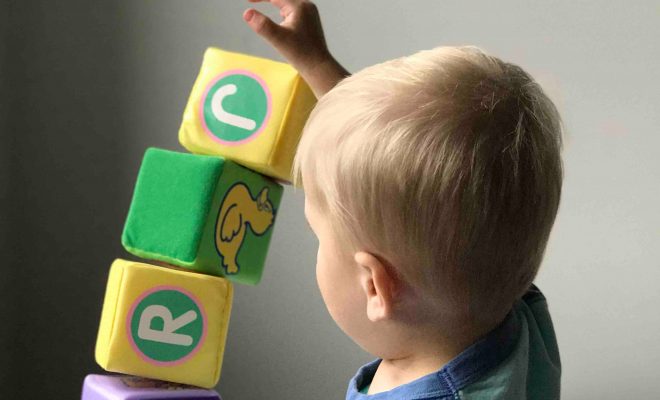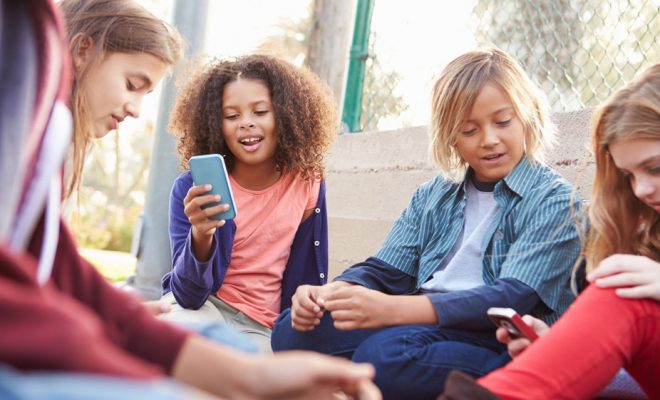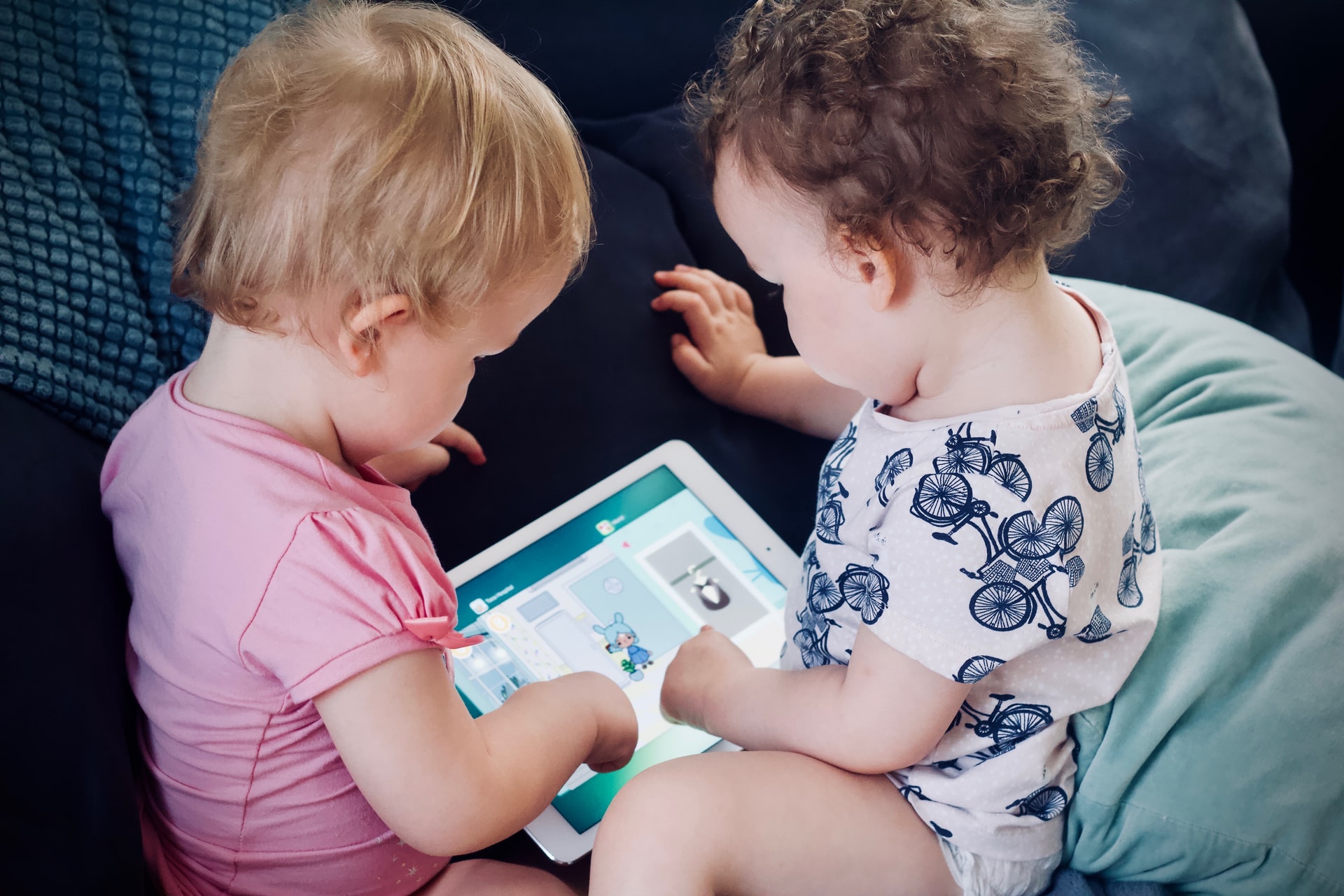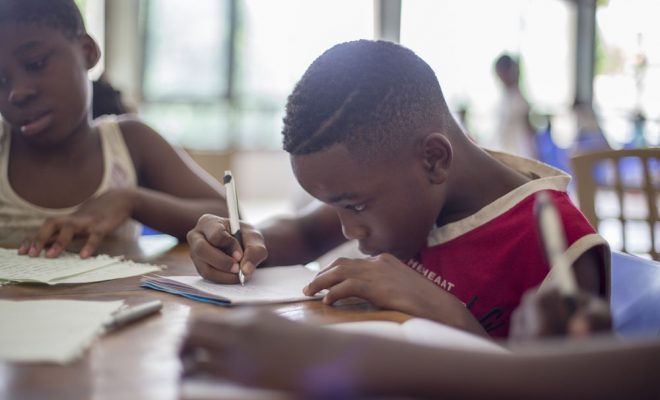Learning Experiences to Improve Gross Motor Development: An Age-by-Age Guide: Birth to Age 5

“Gross motor skills” are essential to control the movement and organization of the larger muscles found in the arms, legs, and torso.
The following activities can aid you in increasing gross motor development in your kid right from the period of conception to age 5.
Birth to Age 1
- Your baby’s back and neck muscles need strength. Short tummy time sessions will help them.
- Get the child’s attention by holding distinctive toys or toys that could make loud noises while in your hand.
- Start putting in your baby’s hand a graspable object they can hold on to. Softly pull, teaching your baby how to start pulling back and developing muscles.
- Begin to place your baby in a supported sitting position so they (they) can learn how to sit up.
- Roll a large ball to your baby. Firstly, he would not do much, but he would eventually learn to push it back to you as time goes by.
- Place toys out of your baby’s reach to help him start scooting or crawling. It will help the baby move and flex their muscles while finding the toys.
- Additionally, you can hold toys in front of your child to help him to reach for them.
- When your baby is ready, gently pull him to a standing position to make him prepared for walking.
Age 1 to Age 2
- Begin to teach your child to throw and kick a ball.
- Let your kid help with household chores like putting clothes in the laundry basket, picking up toys, helping in the gardens, although with strict supervision, etc.
- Purchase children-sized brooms, shovels, or other tools for your child to play with.
- Allow your child to make musical sounds with spoons, pots, pans, and other “musical” objects he could play with.
- Teach your child to jump and land on his two feet.
- Should you have stairs, allow your child to walk up and down the stairs with the support of your hand.
- Play pretend: feign yourself like a flying airplane, hop like a bunny rabbit, etc.
- Chase and pop bubbles with your child.
- Dance to different kinds of music so your child takes cognizance of this phenomenon.
Age 3 to Age 4
- Practice with your child balancing on one foot.
- Engage your child in a jumping contest. See how much distance you can cover at once.
- Play on playground facilities like ladders and swings.
- Jump or learn to walk backward with your child.
- Roll and run downhill with him.
- Start guiding your child on how to ride a tricycle.
- Play catch, soccer, basketball, and other games that support coordination.
- Play hopscotch and hula hoops.
- Consider walking on a balance beam or “balancing” on a tape line.
Age 5
- Climb trees or jungle gyms (with adequate supervision).
- Start to work more on advanced gross motor events, like skating or swimming.
- Jump rope. Consider using this for fun jump ropes.
- Jump down from different heights.
- Start catching and throwing with more petite-sized balls, like a baseball.
- Go to an outdoor scavenger hunt or navigate an outdoor obstacle course.





